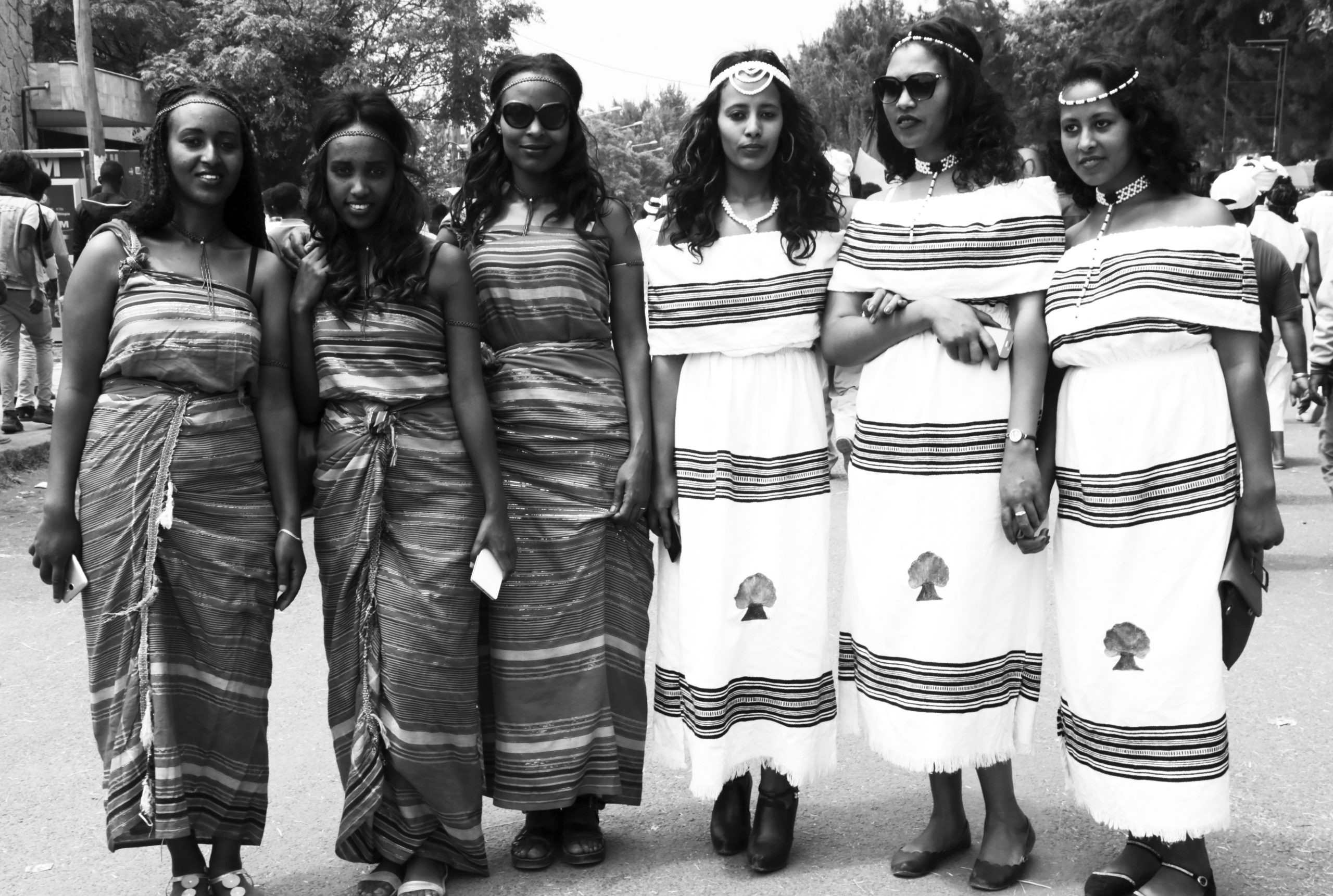
Nowadays, the Ethiopian traditional fabric is getting huge attention at home and abroad. It is being produced in different designs and colors. In this regard, Ethiopian youths are becoming more affectionate for traditional cloths made of cotton. It has huge demand especially during holidays as families and friends present it for their loved ones. Though its demand is increasing from time to time, there are challenges in penetrating into the global market.
Since it has been produced traditionally known as Shema, it is labor intensive and time consuming work. It should have to pass steps including hand-waving and embroidery. Hence, it was not productive and competitive in the global market. Having understood this, Ethiopia has been constructing industrial parks in different parts of the country and the parks have been striving to exploit the textile and garment potential in a way of promoting traditional cloths.
Mekelle Industrial Park has been striving to transform the textile and garment sector of the country to higher level, says Goitom Gebrekidan, Mekelle Industrial Park General Manager.
He states that Mekelle Industrial Park is diligently working to produce quality textile and garment products to maximize foreign currency earnings and traditional costumes will be prioritized.
‘‘Our park has been endeavoring to upgrade the textile industry to higher level. It aims also to produce traditional quality dresses that could be competitive in the international market. Producing export standard dresses will have pivotal role in boosting export trade sector. Hence, foreign companies have taken sheds in our park to produce textile and garment outputs that could create impact in international market,’’ he said.
Regarding raw materials, cotton is the major input for Ethiopian costumes. It has been used since the ancient times. Thus, cotton needs to be produced in a mechanized way of agriculture, and the government should support producers.
For his part, Jemal Ahmed, Handcraft Development Team Leader at the Ministry of Culture and Tourism says that lack of raw material has been hampering tradition clothing from being competitive in the global market.
Producers need to be provided with sufficient raw material to yield quality traditional cloths that could enhance garment export trade, Jemal insists.
‘‘We have awe-inspiring cultural costumes. But due to lack of enough production and quality, the local market is engulfed with foreign textile products. Having understood this problem, we have to produce traditional garment in fashionable way to attract the youth and to compete in foreign markets. Hence, supplying basic raw materials, providing capacity, enhancing training for producers and introducing modern machinery should be taken as priority to encourage the sector,’’ as according to him.
Besides, encouraging producers, through providing incentives, would enhance the sector. In this way, traditional clothes achieve better competitiveness in the global market, Jemal highlights.
The team leader adds that regarding producing qualified human power, his ministry is working in collaboration with Bahir Dar University and market linkage is being created to support small-scale producers.
‘‘If the government doesn’t support small-scale producers, the sector will not be competitive in the global market. Thus, we wouldn’t promote our culture, particularly using the fashion industry, through our clothing styles and vibrant culture,’’ he points out.
To sum up, Ethiopian fabric should be promoted and preserved properly to continue as part and parcel of our identity.
The Ethiopian Herald June 28, 2020
BY TSEGAY HAGOS




